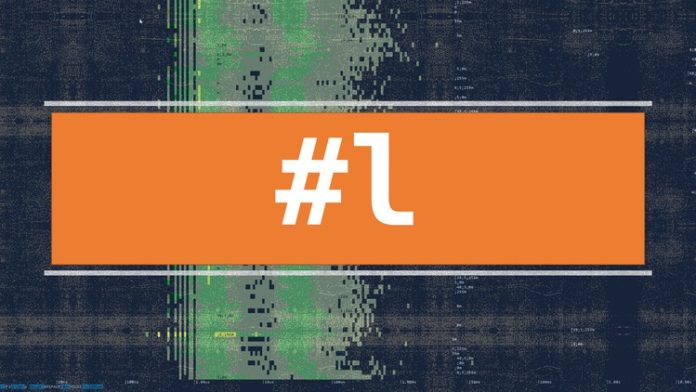Timesaving and Use-Cases constitute the spirit of this course. That is why it is designed to be learned fast and practical.
Topics & some of the shell tools we cover in this course:
-
Kernel spaces
-
Different Shells, ZSH, Bash, Oh My ZSH, Tmux, productivity plugins
-
Package management: apt, apt-get, yum, zypper
-
File Archiving: p7zip, xz-utils, gzip, gunzip, tar
-
Command-line chaining: pipe, %token, AND_IF, OR_IF, DSEMI
-
System and hardware: dmidecode, lsblk, inxi, ncal, time, uptime, date
-
Managing disk and file permissions: dd, gzip, fdisk, swapoff/on, free, find, chmod, mount, runlevel, fsck, mkswap, resize2fs
-
Services and performance management: ps, kill, killall, pkill, pstree, lsof, pgrep, top, htop
-
Users and groups management: sudo, passwd, useradd, adduser, id, usermod, chage, getfacl, setfacl, who, last, lastb, utmpdump
-
Networking: iproute2, ip, txqueuelen, mtu, netplan, route get, list, neighbor, traceroute, DNS, dig, host, OpenSSH, SSH Tunneling, Socks, SCP, RSync
-
IPTables, Filter, NAT, Mangle, UFW, covering IPTables completely
-
System Visibility using sysdig & csysdig: Kernel syscalls and event use-cases, Chisels and Text-GUI CSysDig
-
Task Automation with cron jobs
-
Shell Programming (Bash scripting) from bash basics to writing a few projects e.g. writing automated backup, a password manager, and so on
-
Checking on Windows subsystem for Linux: WSL2 along with Windows Terminal profiles with Oh My ZSH, Nerd Font, colorls, backup WSL Linux machines, and much more
We set our goal to make you feel confident when dealing with the command line of any Linux distribution in production environments so that you can put your skills to work in as little time as possible. How do we do that? During this course, you will see hundreds of Linux command-line tools and you will write hundreds of lines for Shell Programming or as some may be used to call it, Bash Programming, so by end of the course, you have built a relatively robust understanding of different aspects of Linux for real life and work projects.
long story short: Your learning approach in this course is the same way as you probably learned how to ride a bike! Remember? Even if you haven’t, you will learn Linux Command-Line and Shell Scripting (Bash scripting) with us anyway! Just keep do-along with each video and code-along with each project.
Since different work environments are built-up with different Linux distributions, this course is inspired by LPIC Certificate and therefore is built vendor-neutral, meaning no matter RedHat based, or Debian forked, e.g. CentOS, OpenSUSE, Ubuntu, Kali, or even Windows Subsystem for Linux (WSL 2), you will learn their differences and will start doing real things in their shell.
Here is an overall conceptual breakdown of the course:
-
Section 1 and 2, starts with the basics of Shell and Kernel, then moves on with preparing the lab environment and Terminal
-
Section 3 to 8 builds your ability to understand the fundamental concepts and work with commands on key components of Linux.
-
Section 9 and 10 dig deep in key Networking tools, concepts, and commands
-
Section 11 is entirely about system visibility using sysdig and csysdig, inspecting the kernel syscalls, and applying their use-cases
-
Section 12 is all about Shell Programming. You will learn the basics and start building a scripting mindset by coding along with Projects such as creating a Backup tool and a Password Manager and so on
-
Section 13 is mostly useful for Windows users who would like to run Linux applications with the native performance of their Windows machine using Windows Subsystem for Linux
By the end of the course, you will have the ability to confidently apply the skills and grounded knowledge you learned during this course in different productive workplaces within divergent computing and IT branches such as Ethical Hacking, IT Security, IT Administration, Cloud Security, Networking, Linux Development, and much more.
















![[100% Free]The Complete Management Consulting Skills Course 2020](https://oyoads.in/wp-content/uploads/2020/05/20200529_152827-218x150.jpg)

![[100% Free]Masterclass in Personal Branding: Career and Life Evolution](https://oyoads.in/wp-content/uploads/2020/05/IMG_20200514_213735_878-218x150.jpg)




![[100% Free]Python Bootcamp 2020 Build 15 working Applications and Games (31.5 Hours)](https://oyoads.in/wp-content/uploads/2020/05/Python-Bootcamp-2020-Build-15-working-Applications-and-Games-1-100x70.jpg)

![[100% Free]Java Programming: Complete Beginner to Advanced](https://oyoads.in/wp-content/uploads/2020/05/IMG_20200519_054150_522-100x70.jpg)
